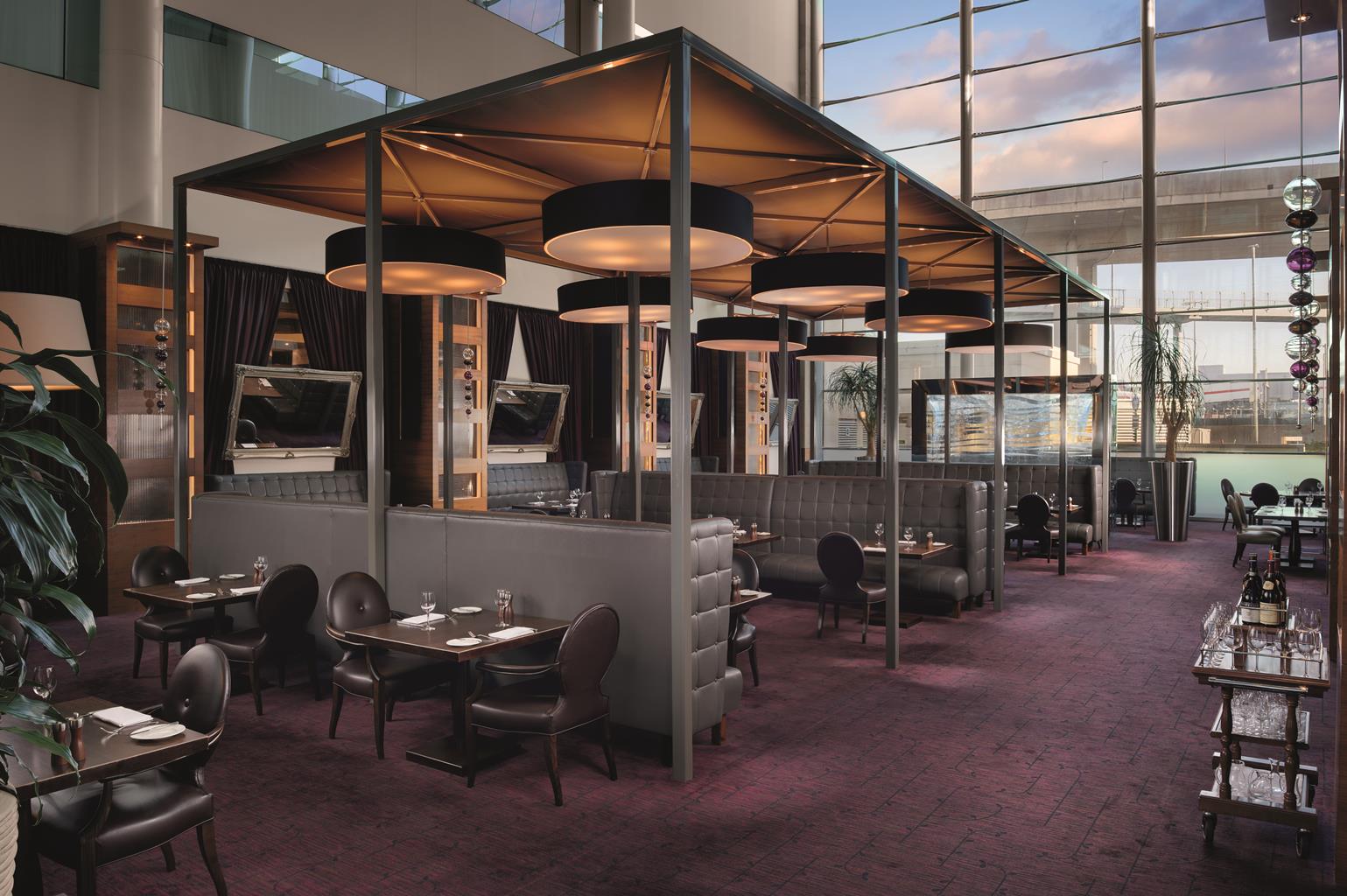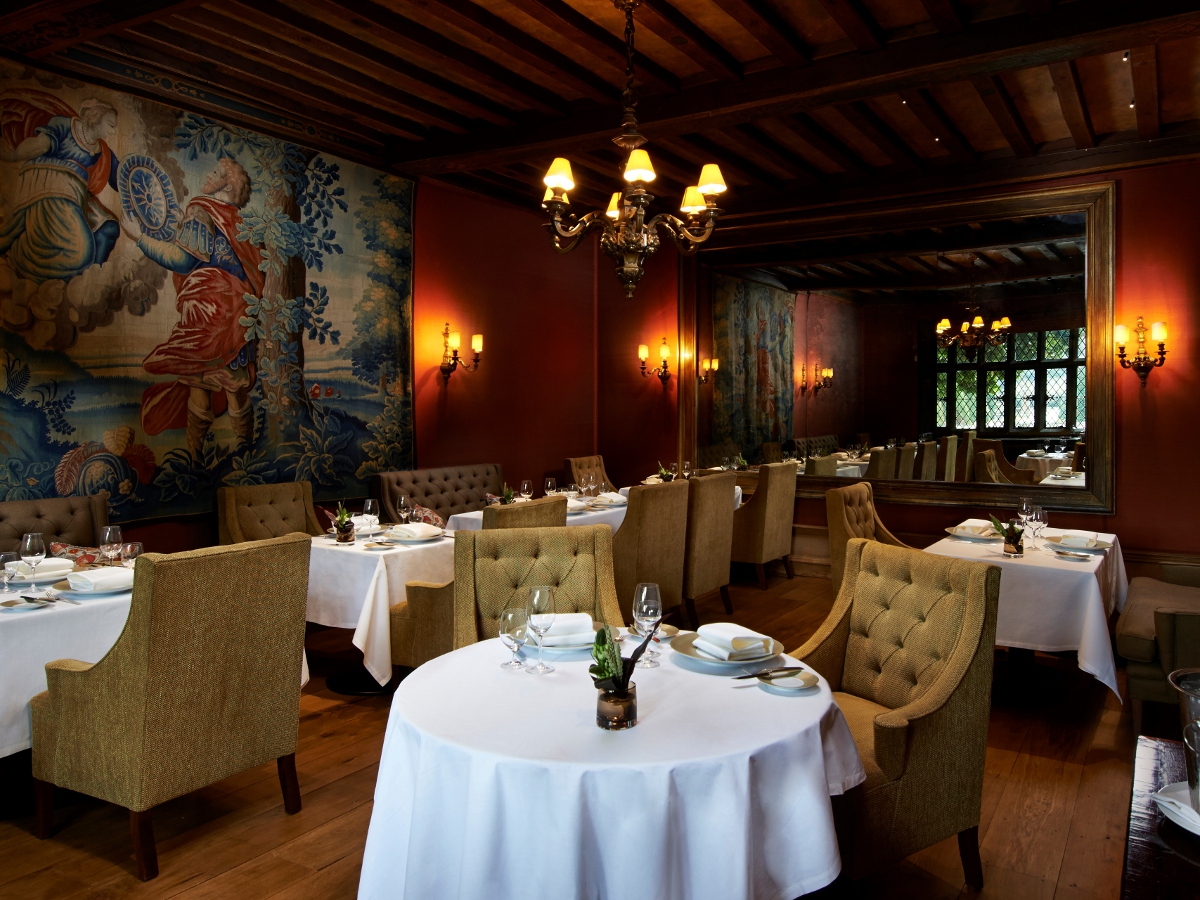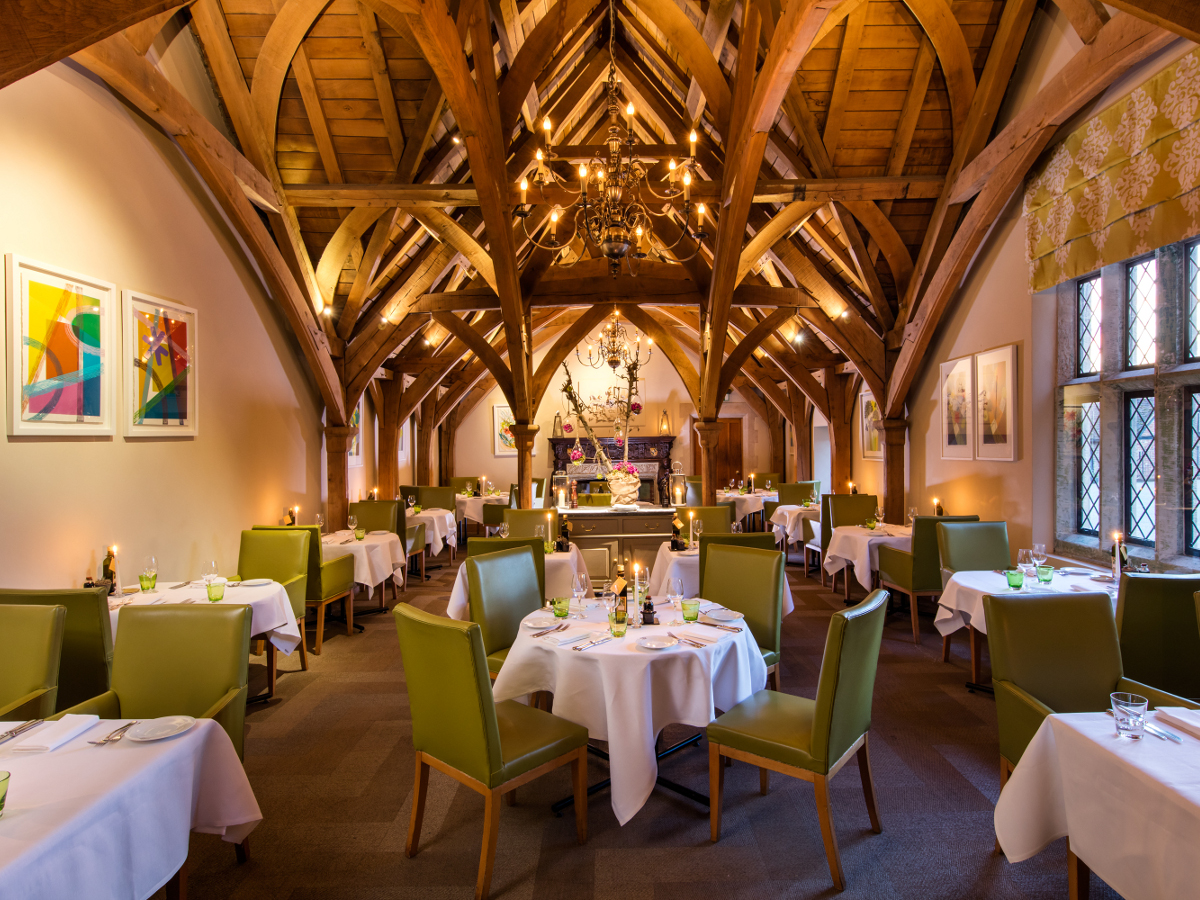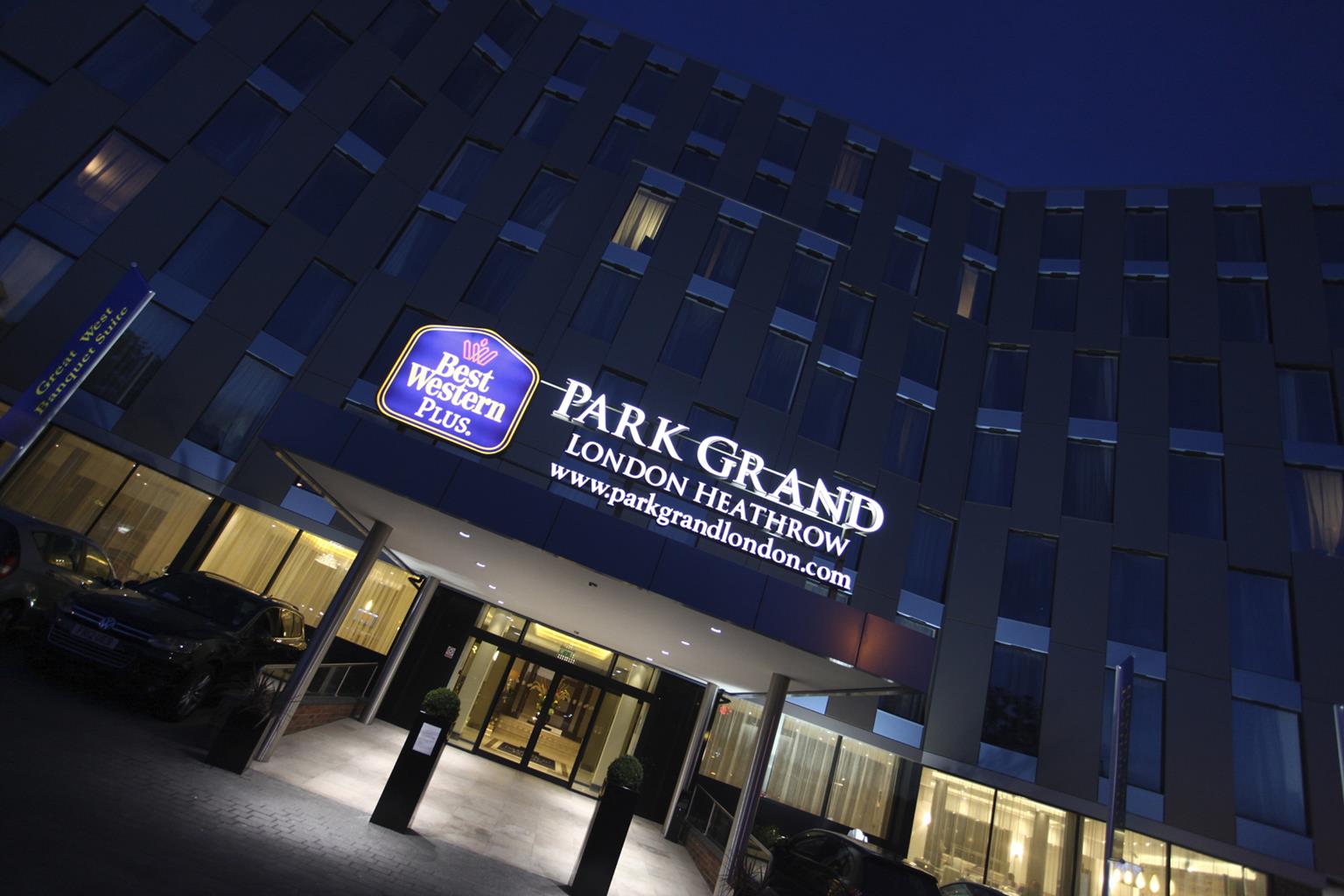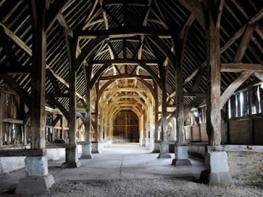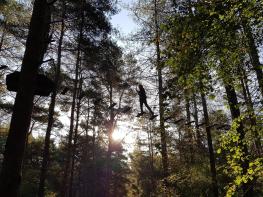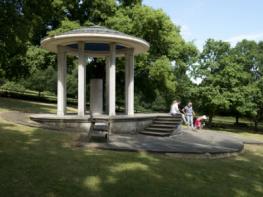This is the only Heathrow Airport hotel with direct access to Terminal 5 via a covered walkway…
Exploring Harmondsworth Moor

2.25 miles (3.6kms)
About the walk
Harmondsworth Moor is an area of parkland that has been established by British Airways using 260 acres (105ha) of reclaimed land near Heathrow Airport. It is the largest public park to be created in London for the past 100 years and is made up of meadows, rivers, lakes and ponds. It boasts 70,000 newly planted trees, and incorporates several miles of new paths and bridleways. It also has a Green Flag Award (for reaching standards set by civic trusts). In short it is a haven not just for a wide variety of wildlife, but also for joggers, dog walkers and local families.
Sylvan landscape
Given that it is surrounded by the M25 and the M4 – and that it is situated under Heathrow’s flight path (it’s just 2 miles/3.2km) as the crow flies from Terminals 3 and 5) – peace and tranquillity are the last things you’d expect to enjoy while strolling along its paths. Yet it is surprisingly easy to inure yourself to the sound of the planes roaring overhead and the constant hum of the nearby traffic and immerse yourself, instead, in the sylvan landscape that surrounds you.
Ancient meadows have been recreated using specially harvested seeds, which in turn attract a range of insects, butterflies and birds, including green woodpecker, jackdaw, magpie and blue tit. A particularly interesting feature that you will encounter is that, in several locations along the route, you will come across the stones of the former Waterloo Bridge, which was demolished in 1935. These stones have been used to create decorative landscape features that have been given names such as the 'Giant’s Teeth' and the 'Keyhole'.
Other notable buildings
Having enjoyed the walk, you might wish to take time to explore the Church of St Mary the Virgin, parts of which date from the 12th century, and whose churchyard you will pass through at the end of the walk. Also worth making a detour to visit is the Grade I listed Harmondsworth Barn. This remarkable structure, built entirely without the use of nails, was described by the late poet laureate, Sir John Betjeman, as the 'Cathedral of Middlesex'. It dates from 1426, is the largest tithe barn in England, and is scheduled to open to the public every Sunday from 2013.
Walk directions
To the left of the Five Bells pub, follow Moor Lane as it curves and narrows before coming to a bridge. Turn right into the first part of the moor that this walk explores.
Take the right fork alongside the Duke of Northumberland’s River and keep ahead to reach a mound shaped like an amphitheatre that faces a group of large granite blocks. This is known as the Giant’s Teeth and the blocks belonged to old Waterloo Bridge, which was demolished in 1935.
Proceed counter-clockwise around the Giant’s Teeth, ignore the first stile on the right but go over the second to ascend the steps to reach a suntrap with two benches. Continue down the steps past the benches, go left along the path, exit through the gate and turn right. When the path divides take the right fork, go over a humped bridge and return to the gate you came in through.
Cross the road and go through a kissing gate (locked Monday–Friday 6am–10.30am) that gives access to the part of the moor including Swan Lake that is adjacent to the Waterside office complex. Turn right and follow this path beside the lake, then exit through a gate a little further on the right.
Cross the road and take the footpath alongside the car park, entering the larger part of the moor. Follow the path round to the left and cross over the River Colne via the bridge. (Ahead to your right is Half Moon Meadow, popular for picnics.) Turn left and keep ahead along the path, taking the left fork when the path divides, and keep going to cross the boardwalk over the ponds, ascend and go left over the footbridge.
Go through a kissing gate and turn right, passing a car park on the left. After 55–110yds (50–100m) turn right through a kissing gate on to a bridge (sign posted ‘The Keyhole’). Turn right and then take any left-hand fork uphill to reach The Keyhole, where you’ll see more stones from Waterloo Bridge. From here there’s a good view of the surrounding area and Terminal 5. Notice the words of Alfred, Lord Tennyson that are aptly carved in the blocks: ‘For words like nature half reveal and half conceal’.
Continue along the path and take the left fork leading to a kissing gate and a bridge back over the Wraysbury River. Turn left through the kissing gate. At a fenced T-junction turn right and follow the narrow path to a bridge over the northern part of the Duke of Northumberland’s River.
Cross the bridge and after a while turn right, signposted ‘Harmondsworth’, along a path that skirts the edge of Saxon Lake. At the far end, go through the kissing gate and right along a narrow track, at the end of which is a metal gate leading to the churchyard. At the other end of this is the Five Bells pub, where your walk began.
Additional information
Mainly gravel paths
Green belt, rivers and artificial hills
Not allowed in churchyard
OS Explorer 160 Windsor, Weybridge & Bracknell
Limited parking in Harmondsworth village; car park beside moor
By car park in Harmondsworth Moor
WALKING IN SAFETY
Read our tips to look after yourself and the environment when following this walk.
Find out more
Also in the area
About the area
Discover Greater London
Greater London is one of the world’s largest urban areas; 33 boroughs stretching north to Enfield, south to Croydon, east to Havering, west to Hillingdon and with central London at the heart of it all.
Greater London was officially created in 1965, but the boroughs themselves all have their own histories going back much further. Greenwich is home to the Prime Meridian, which all clocks on earth take their time from, while Hounslow contains Heathrow Airport, one of the busiest airports in the world. Greater London contains a multitude of parks and green spaces, from the six Royal Parks (including Richmond Park, Green Park, Hyde Park and Regent’s Park) and other huge open spaces like Hampstead Heath and Clapham Common; to smaller community spaces like Clissold Park in Stoke Newington and Burgess Park in Southwark.
The centre of London has its quiet spaces too, like Coram’s Field by Great Ormond Street, and Camley Street Natural Park, a stone’s throw from King’s Cross and St Pancras. One of the city’s most impressive features is the London Underground. Beginning in 1863 as the Metropolitan Railway, it took commuters into The City from the suburbs of Middlesex. It was the first underground railway in the world, and now consists of 11 lines, 270 stations, and 250 miles (402km) of track. It’s estimated that nearly five million journeys are taken every day, and there are nearly one and a half billion riders each year. At peak times, there are more than 543 trains whizzing around the Capital.
Nearby stays
Restaurants and Pubs
Nearby experiences
Recommended things to do
Why choose Rated Trips?
Your trusted guide to rated places across the UK
The best coverage
Discover more than 15,000 professionally rated places to stay, eat and visit from across the UK and Ireland.
Quality assured
Choose a place to stay safe in the knowledge that it has been expertly assessed by trained assessors.
Plan your next trip
Search by location or the type of place you're visiting to find your next ideal holiday experience.
Travel inspiration
Read our articles, city guides and recommended things to do for inspiration. We're here to help you explore the UK.

